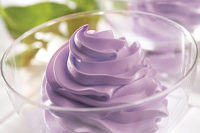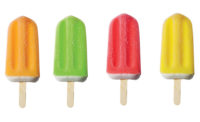Starbucks probably thought it was doing the right thing by coloring its Strawberries & Crème Frappuccino with carmine. After all, even if consumers didn’t realize it when they ordered the popular dairy-berry beverage from their friendly neighborhood barista, the coffee giant had them in mind in opting for this natural colorant over a synthetic like, say, FD&C Red #40.
But as Starbucks soon learned, not all natural colors are created equal. Yes, the Food and Drug Administration exempts carmine red (also called cochineal extract) from the FD&C certification process that governs manmade food colorants. And, yes, carmine is derived from an all-natural source. But that all-natural source happens to be the pulverized body of a pregnant Latin American beetle.
Minor detail, of course, but when it went viral earlier this year, it caused a major maelstrom. Never mind that carmine has a long track record as a safe and effective red colorant. Vegetarians and adherents to kosher and halal dietary restrictions — not to mention the insect-averse — felt duped upon learning that a drink they thought played by their rules simply didn’t.
But there’s a happy ending to this story. For if “Frappucino-gate” illustrates the complexity of coloring dairy products naturally, it also shows how today’s color industry is improving the range of naturally derived colorants designed to do just that. After all, not long after the controversy erupted, Starbucks found a suitable solution to its coloring conundrum. With an appreciation of coloring regulations and the unique properties of dairy, so can you.






